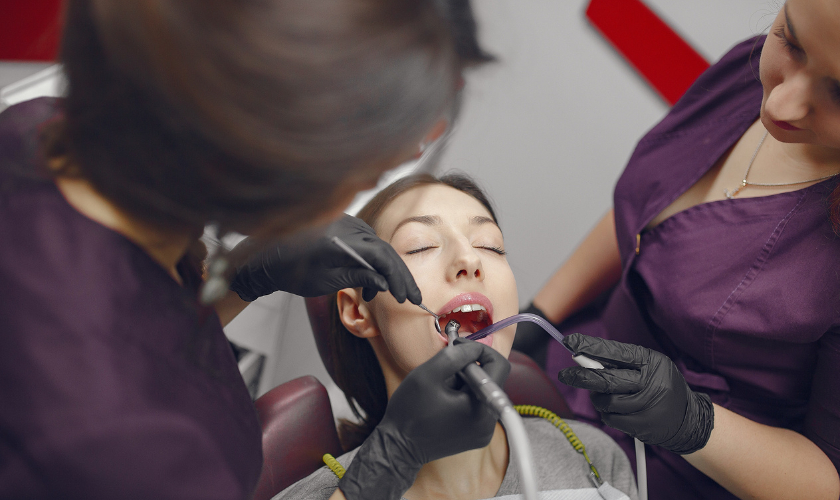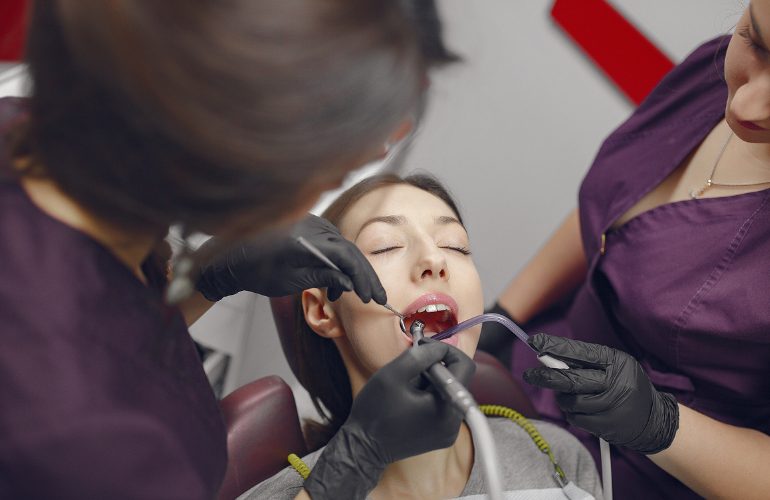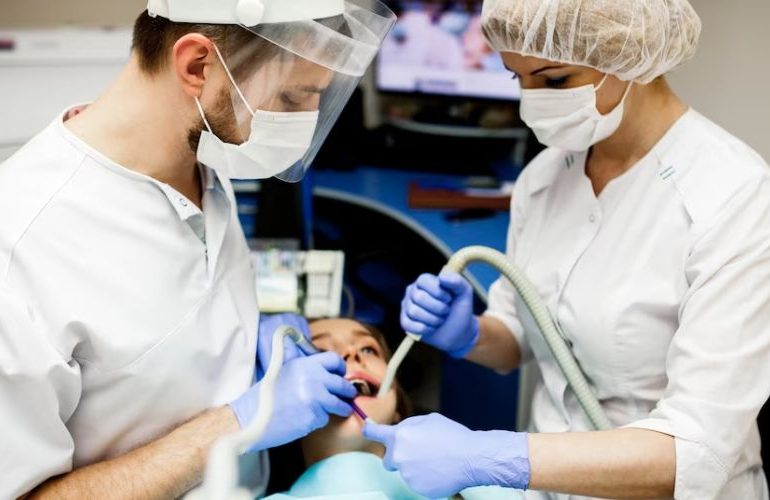Are you tired of hiding your smile due to missing or damaged teeth? Restorative dentistry might be the solution you’ve been searching for. This transformative approach to oral health not only repairs and replaces damaged teeth but can also improve function, aesthetics, and overall confidence. In this blog post, we’ll explore the art of restorative dentistry and how it can transform your oral health, giving you a reason to show off that beautiful smile with pride!
Restorative Dentistry
If you are not familiar with the term “restorative dentistry,” it simply refers to the various dental procedures used to restore teeth that have been damaged or lost. This can include everything from dental fillings and crowns to implants and bridges.
Restorative dentistry has come a long way in recent years, and today’s techniques and materials can produce results that look and feel natural. In fact, many people are now choosing to have restorative work done for purely cosmetic reasons.
If you are considering any type of restorative procedure, it is important to consult with an experienced dentist who can help you choose the best option for your individual needs. In the meantime, here is a brief overview of some of the most common types of restorative dentistry:
Benefits of Restorative Dentistry
Restorative dentistry can have a profound impact on your oral health. By addressing dental problems and restoring your teeth to their natural state, restorative dentistry can improve your overall oral health and quality of life.
There are many benefits of restorative dentistry, including:
• Improved oral health – by addressing dental problems and restoring your teeth, restorative dentistry can improve your overall oral health.
• Enhanced self-esteem – many people feel more confident after having their teeth restored. This can lead to improved social interactions and work opportunities.
• Better nutrition – if you have trouble chewing due to dental problems, restorative dentistry can help you eat a healthier diet.
• Improved quality of life – overall, restorative dentistry can improve your quality of life by improving your oral health and self-esteem.
Types of Treatments in Restorative Dentistry
There are many different types of treatments available in restorative dentistry. The most common type of treatment is dental fillings. Dental fillings are used to fill cavities or tooth decay. They can be made from a variety of materials, including gold, silver, composite resin, and porcelain.
Another common type of restorative dentistry treatment is dental crowns. Dental crowns are used to cover damaged or misshapen teeth. They can be made from a variety of materials, including gold, silver, ceramic, and porcelain.
Dental implants are another type of treatment available in restorative dentistry. Dental implants are used to replace missing teeth. They are made from titanium and are surgically implanted into the jawbone.
Finally, dental veneers are another type of treatment available in restorative dentistry. Dental veneers are thin pieces of porcelain that are bonded to the front surface of the teeth. They are used to improve the appearance of the teeth and make them look straighter and whiter.
How to Prepare for a Treatment
The first step in preparing for treatment is to consult with your dentist to see if you are a candidate. Once it has been determined that you are a good candidate for the procedure, the next step is to make sure that you are healthy enough to undergo the treatment. This means having good overall health and being free from any active infections. Your dentist will also need to take x-rays of your mouth in order to get a better look at your teeth and jawbone.
Once it has been determined that you are ready for the treatment, the next step is to prepare for the actual procedure. This usually involves making sure that you have someone who can drive you home after the procedure is completed. You will also need to make sure that you have someone who can stay with you for at least 24 hours after the procedure as well. It is important to follow all instructions given to you by your dentist in order to ensure a successful outcome.
Tips for Maintaining Good Oral Health After a Treatment
It is important to take care of your teeth and gums after treatment in order to maintain good oral health. Here are some tips for doing so:
1. Brush your teeth at least twice a day with a soft-bristled toothbrush.
2. Floss daily to remove plaque and bacteria from between your teeth.
3. Use alcohol-free mouthwash to help prevent tooth decay and gum disease.
4. Avoid sugary foods and drinks that can cause tooth decay.
5. Don’t smoke, as it increases your risk for gum disease and other oral health problems.
Conclusion
Restorative dentistry is an amazing way to improve your oral health and the appearance of your smile. With the help of a skilled restorative dentist, you can have any dental issues addressed in a safe and effective manner. Whether it’s filling cavities, replacing missing teeth, or correcting misalignment, restorative dentistry provides a variety of solutions for any oral health concern. If you would like to learn more about how this specialty art form can transform your smile and improve your overall well-being, contact us today.
FAQs
Restorative dentistry can improve your oral health in a number of ways. First, it can help to prevent further damage to your teeth by repairing existing damage. Second, it can replace missing teeth, which can help to improve the function and appearance of your smile. Finally, restorative treatments can also help to prevent gum disease by keeping your teeth and gums healthy.
There are a variety of restorative dental treatments available depending on your needs. These can include dental fillings, crowns, bridges, implants, and veneers. Your dentist will be able to discuss with you which option is best for you based on the extent of your damage or tooth loss.
The length of time required for treatment will vary depending on the specific procedure being done. Some treatments, such as dental fillings, can be completed in just one visit to the dentist. Others, like dental implants, may require multiple visits over the course of several months.



